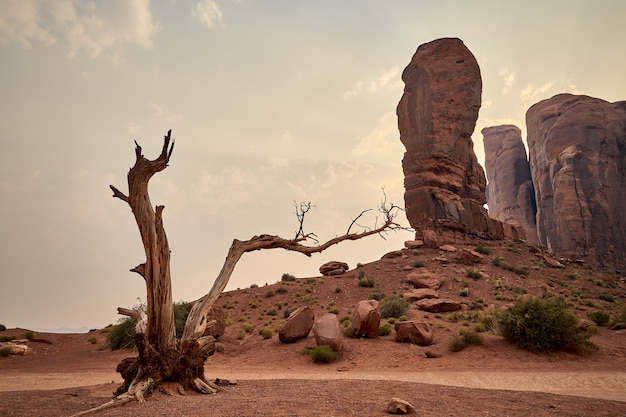

Death Valley is home to the hottest temperature ever recorded on Earth – 134 degrees Fahrenheit.
Despite the extreme temperatures, Death Valley supports a surprising variety of plant and animal life.
The valley gets its name from the perilous conditions early settlers encountered in the area.
Death Valley is the largest national park in the contiguous United States.
The valley is known for its breathtaking and otherworldly landscapes, including towering sand dunes and salt flats.
Due to its remoteness and harsh conditions, Death Valley has served as a filming location for many Hollywood movies.
Death Valley has the lowest point in North America, at 282 feet below sea level.
Despite its name, Death Valley actually experiences occasional rainfall and even snow.
The valley is internationally recognized as an International Dark Sky Park, making it an ideal location for stargazing.
Death Valley is known for its unique geological formations, such as the famous Devil’s Golf Course.
The valley is home to the mysterious sailing stones, which seemingly move on their own across the desert floor.
Death Valley has an abundance of natural springs and oases, providing critical water sources for wildlife.
The valley’s extreme heat and aridity make it a perfect location for studying the effects of climate change.
Death Valley is a popular destination for adventure seekers, offering opportunities for hiking, off-roading, and camping.
The valley is home to endangered species, such as the desert tortoise and the pupfish.
Despite its harsh conditions, Death Valley has a rich human history, with evidence of Native American settlements dating back thousands of years.
The valley is a popular destination for astronomy enthusiasts, who come to witness the clear night skies and celestial events.
Death Valley’s colors and textures change dramatically throughout the day, creating a visually stunning landscape.
The valley has been used by scientists to test and develop cutting-edge technology for Mars exploration due to its similarities to the planet’s surface.
Death Valley is a place of extremes, with scorching summers and mild winters.
The valley’s climate and unique ecosystem provide a haven for many rare and endemic plant species.
The Badwater Basin in Death Valley is the largest protected salt flat in the United States.
Despite its barren appearance, Death Valley supports a surprising number of animal species, including coyotes, bighorn sheep, and kit foxes.
Death Valley’s vast size and diverse landscapes make it an ideal place for adventure and exploration.
The valley’s silence and isolation offer a sense of tranquility and solitude that is hard to find elsewhere.
Death Valley’s geological features are a result of millions of years of erosion and tectonic activity.
The valley’s wildflower blooms, although rare, can transform the landscape into a riot of colors.
The Mesquite Flat Sand Dunes in Death Valley are popular for their beauty and unique photographic opportunities.
The valley’s temperatures can vary greatly between day and night, with a significant drop in temperature after sunset.
Death Valley’s unique environment provides a testing ground for endurance athletes attempting extreme challenges.
The valley’s vast expanses and open skies make it a favorite destination for landscape photographers.
Death Valley’s geologic timeline spans over a billion years, offering a glimpse into Earth’s ancient history.
The valley is known for its extreme mirages, created by the reflection of light on the hot desert floor.
Death Valley’s salt flats create a surreal and otherworldly landscape, resembling a frozen lake.
The valley’s extreme conditions have led to the preservation of artifacts and fossils, providing valuable insights into past ecosystems.
Despite its arid climate, Death Valley is home to several species of cacti that are adapted to the harsh conditions.
The valley’s canyons and dry washes display intricate patterns and erosion forms, attesting to the power of water in shaping the landscape.
Death Valley’s diverse topography attracts scientists from various fields, including geology, climatology, and ecology.
The valley’s sheer cliffs and rugged mountains offer stunning views and challenging hiking trails.
Death Valley is a place of contrasts, with lush oases hidden among the arid desert landscapes.
The valley’s extreme temperatures and low humidity make it an ideal location for preserving mummified remains.
Death Valley National Park was established in 1933 and has since become a designated World Heritage Site.
The valley’s stunning sunsets and sunrises are often accompanied by vibrant hues of red, orange, and purple.
Despite its harsh conditions, Death Valley is a place of awe and beauty, reminding us of the fragility and resilience of life.
Visiting Death Valley can be a transformative experience, as it forces us to confront the power of nature and our own mortality.
Around the world, coffee enthusiasts enjoy Monin coffee concentrate since it is a multipurpose product. Conveniently combining…
The Importance of Choosing the Right Shower for Your Bathroom Renovating your bathroom can be…
Usain Bolt holds the record for the fastest 100-meter sprint in history.Bolt was named Sportsman…
Love is in the air... and it smells suspiciously like chocolate!Roses are red, violets are…
Life's a beach, take a picture and relax.Sun, sand, and salty kisses. That's what beach…
Hungary is home to the largest thermal water cave system in the world.The Rubik's Cube…